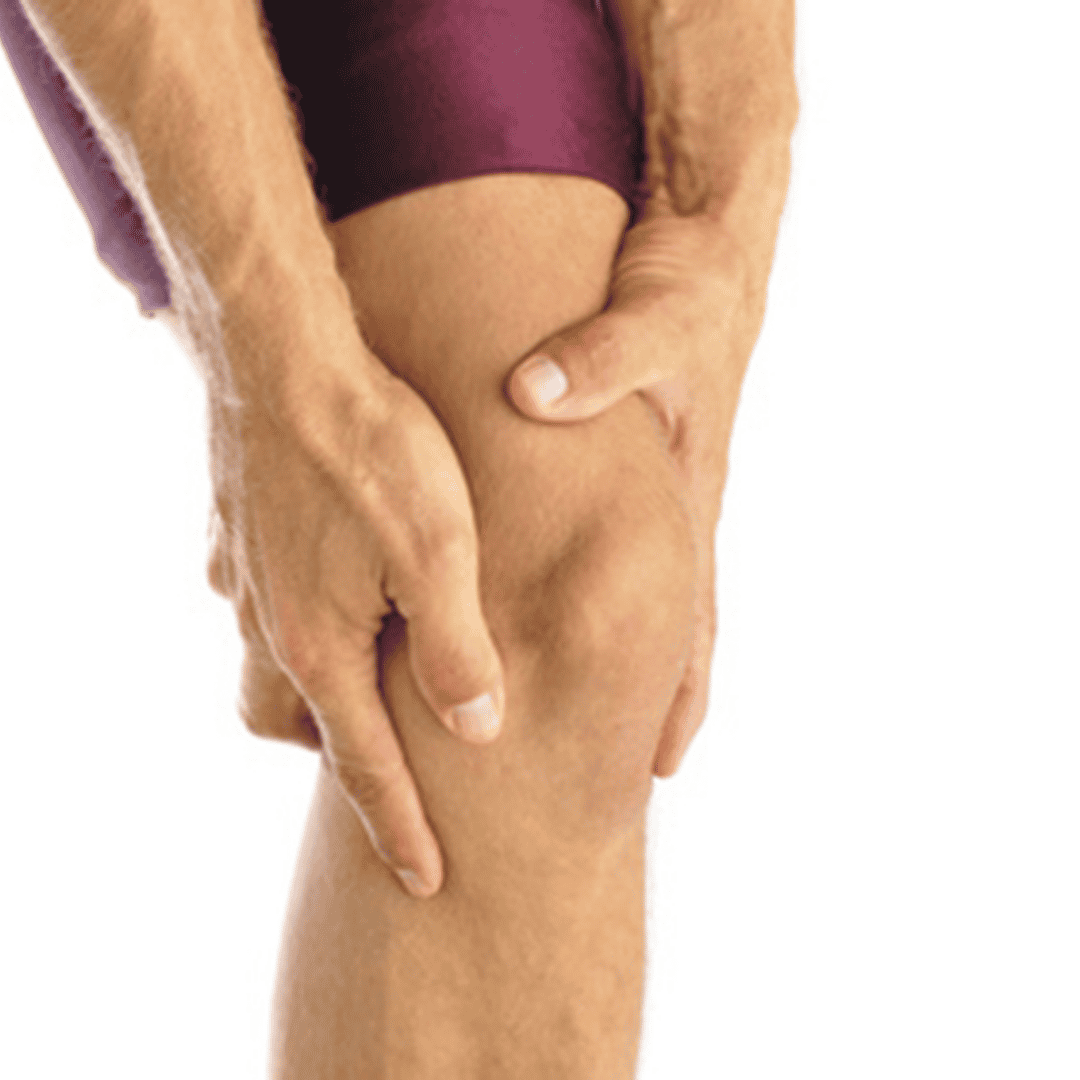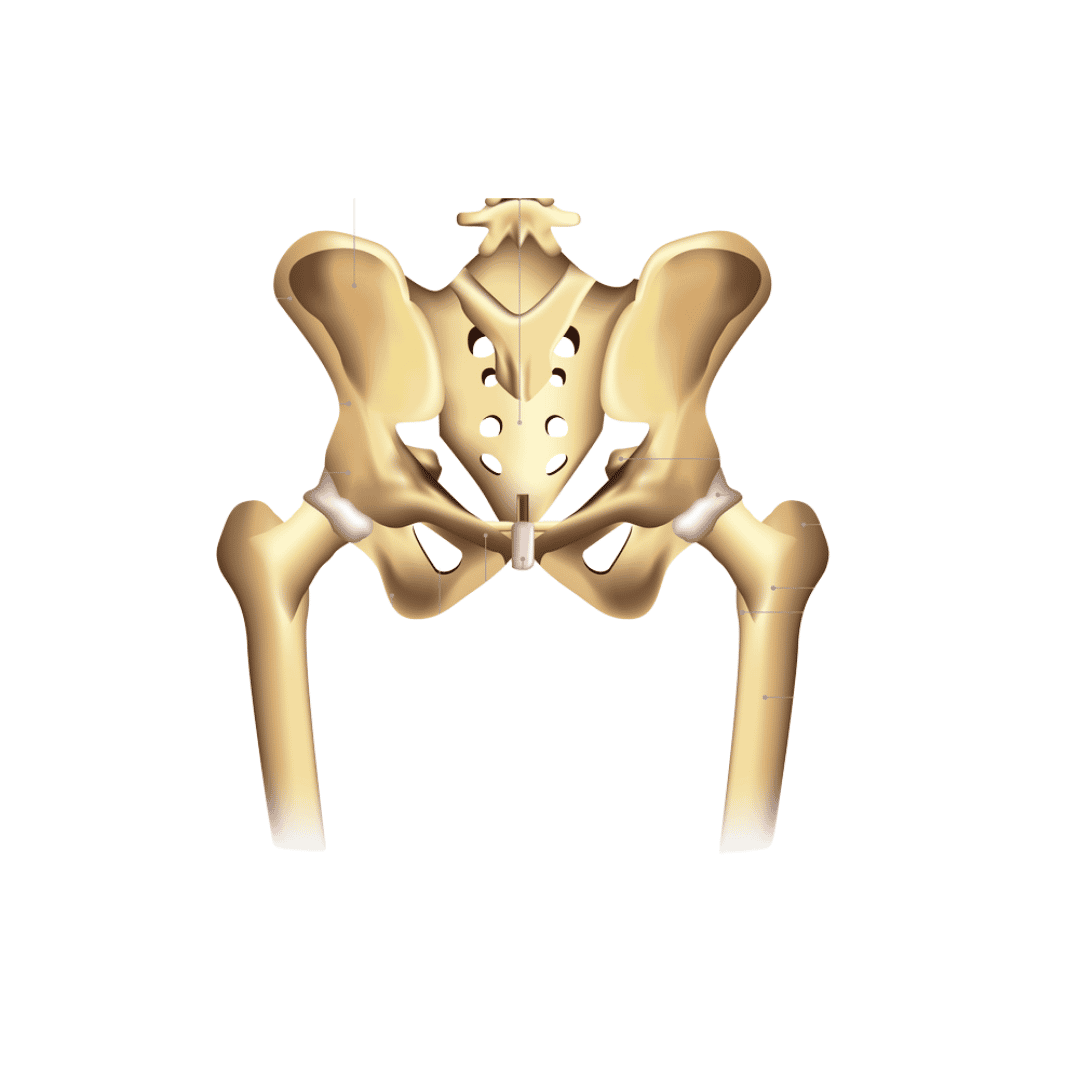
Key Takeaways
-
Significant Savings: Californians can save 50-70% on hip replacement surgery by choosing Tijuana, Mexico, without compromising on the quality of care or materials.
-
All-Inclusive Packages: Medical tourism packages typically bundle all necessary costs, including the surgeon's fee, hospital stay, anesthesia, prosthesis, pre-operative tests, ground transportation, and often a patient facilitator.
-
Proximity and Convenience: Tijuana's location just south of the border makes it an exceptionally convenient option for patients from San Diego, Los Angeles, and across California, allowing for easy travel for the procedure and follow-up visits.
Here's a breakdown of the potential cost savings:
-
Total Hip Replacement in the US (California): $40,000 – $75,000+
-
Total Hip Replacement in Tijuana, Mexico: $12,000 – $18,000
-
Partial Hip Replacement in Tijuana, Mexico: $9,000 – $14,000
-
Hip Resurfacing in Tijuana, Mexico: $11,000 – $16,000
Why Choose Tijuana for Your Hip Replacement Surgery?
Tijuana has emerged as a premier destination for high-quality, affordable orthopedic surgery, offering a convenient and cost-effective alternative for Californians suffering from chronic hip pain. It combines internationally accredited hospitals, US-trained surgeons, and dramatic cost savings just a short drive from home.
For residents of California struggling with the debilitating pain of an arthritic hip, the prospect of surgery can be daunting due to high costs and long wait times. Tijuana, Mexico, presents a compelling solution. This bustling medical hub has built a reputation for excellence in orthopedic care, attracting thousands of American patients annually. The primary drivers for this trend are clear: accessibility, affordability, and top-tier medical standards.
Key advantages for Californians include:
-
Proximity to California: Being just minutes from San Diego, Tijuana is arguably the most accessible medical tourism destination for Californians. This proximity simplifies travel and makes it feasible for family members to visit. It also reduces the stress associated with long-haul flights for a major surgical procedure.
-
Drastic Cost Savings: The cost of hip replacement surgery in Mexico is often a fraction of what you would pay in California. These savings are not due to lower quality but to the country's lower overhead, administrative, and labor costs. Patients can save tens of thousands of dollars, even after factoring in travel and accommodation.
-
High-Quality Medical Care: Tijuana's leading hospitals are equipped with state-of-the-art technology and often hold international accreditations, such as from the Joint Commission International (JCI). This ensures that they adhere to the same rigorous standards of care and patient safety as top hospitals in the United States.
-
Experienced, Board-Certified Surgeons: Many orthopedic surgeons in Tijuana are board-certified and have received training in the US or Europe. They are often members of prestigious international orthopedic associations and have extensive experience performing complex joint replacement procedures.
-
No Long Wait Times: While patients in the US can sometimes wait months for a consultation and then several more for a surgery date, the process in Tijuana is significantly faster. Patients can often be scheduled for surgery within a few weeks of their initial inquiry.
Understanding Hip Replacement Surgery
Hip replacement, or total hip arthroplasty, is a highly successful surgical procedure that involves replacing a damaged hip joint with a durable, artificial implant. This operation is designed to relieve severe arthritis pain and restore mobility and quality of life.
A healthy hip joint operates as a smooth ball-and-socket, but conditions like arthritis can damage the cartilage, causing the bones to grind together. This results in severe pain, stiffness, and a loss of function. During a total hip replacement (THR), the surgeon removes the damaged "ball" (the femoral head) and resurfaces the "socket" (the acetabulum), replacing them with prosthetic components.
Types of Hip Replacement Procedures
Your surgeon will recommend the best procedure based on your age, activity level, and the extent of the damage to your joint.
-
Total Hip Replacement (THR): This is the most common procedure. The surgeon replaces both the femoral head and the acetabulum with artificial components made of metal, ceramic, or plastic.
-
Partial Hip Replacement (Hemiarthroplasty): In this procedure, only the "ball" part of the joint (the femoral head) is replaced. It's more commonly performed on older patients who have fractured their hip.
-
Hip Resurfacing: A bone-conserving alternative for younger, more active patients. Instead of removing the femoral head, the surgeon trims and caps it with a smooth metal covering. The damaged socket is also fitted with a metal shell.
Expert Insight
The choice of implant material is crucial for longevity. Modern hip implants, often a combination of titanium, ceramic, and highly cross-linked polyethylene, are designed to last 20 years or more. Surgeons in Tijuana have access to the same FDA-approved and CE-marked implants used in the best US hospitals.
Are You a Good Candidate for Hip Replacement in Mexico?
Ideal candidates for hip replacement surgery are individuals whose hip pain significantly limits their daily activities and has not responded to conservative treatments. A thorough evaluation by an orthopedic specialist is necessary to confirm your candidacy.
If you're considering traveling to Tijuana for surgery, the first step is determining if you're a good candidate. The primary reason for hip replacement is joint damage caused by various forms of arthritis.
You may be a suitable candidate if you experience:
-
Persistent hip pain that is not relieved by medication and disrupts your sleep.
-
Pain that worsens with walking or bending.
-
Difficulty with routine activities like getting dressed, rising from a seated position, or climbing stairs.
-
Stiffness in the hip that limits your ability to move or lift your leg.
-
Failure to find relief from non-surgical options like physical therapy, anti-inflammatory drugs, or steroid injections.
The most common conditions leading to the need for a hip replacement are osteoarthritis, a degenerative "wear-and-tear" condition, and rheumatoid arthritis, an autoimmune disease that causes chronic inflammation.
The Cost of Hip Replacement in Tijuana vs. California
The cost of hip replacement in Tijuana is typically between $12,000 and $18,000, a stark contrast to the $40,000 to $75,000 or more it can cost in California. This price difference allows patients to access world-class care at a manageable price point.
The financial burden of joint replacement is a major concern for many Americans, especially those who are uninsured or underinsured. Mexico offers a transparent and affordable alternative.
Here is a comparative breakdown of average costs:
| Procedure | Average Cost in California (USD) | Average Cost in Tijuana (USD) | Potential Savings |
| Total Hip Replacement | $40,000 - $75,000+ | $12,000 - $18,000 | 65% - 75% |
| Partial Hip Replacement | $35,000 - $60,000 | $9,000 - $14,000 | 70% - 75% |
| Hip Resurfacing | $45,000 - $80,000 | $11,000 - $16,000 | 70% - 80% |
What's Included in a Tijuana Hip Replacement Package?
Unlike the fragmented billing common in the US healthcare system, medical tourism packages in Tijuana are often all-inclusive. A typical package covers:
-
All surgeon, anesthesiologist, and hospital fees
-
The cost of the hip prosthesis
-
Pre-operative consultations and basic tests (bloodwork, X-rays)
-
A 2-4 night hospital stay
-
All medications and nursing care during hospitalization
-
Ground transportation between the border, hotel, and hospital
-
Assistance from a dedicated patient coordinator
Did You Know?
Tijuana has a dedicated "medical lane" at the San Ysidro border crossing. Patients with a medical pass, provided by their hospital or facilitator, can use this expedited lane to cross back into the US much faster, often in 20-30 minutes instead of several hours.
What to Expect: Your Medical Journey to Tijuana
Your journey for hip replacement in Tijuana is a well-coordinated process, starting with a remote consultation and ending with a supported recovery, ensuring a seamless and stress-free experience from start to finish.
Navigating a medical journey abroad is made simple with the help of experienced medical tourism facilitators.
Here’s a typical step-by-step timeline:
-
Initial Online Consultation: You will start by providing your medical history and recent X-rays to the medical team in Mexico. You'll have a virtual consultation with your orthopedic surgeon to discuss your case, the recommended procedure, and answer all your questions.
-
Travel and Arrival: Once you book your surgery, you'll travel to San Diego. A driver arranged by the hospital or your facilitator will meet you on the US side of the border or at the San Diego International Airport (SAN) and drive you across the border to your hotel or directly to the hospital.
-
Pre-Operative Preparation: You will meet your surgeon in person for a final evaluation. Pre-op tests will be conducted to ensure you are ready for surgery.
-
Surgery and Hospital Stay: The surgery itself typically lasts 1 to 2 hours. Afterward, you will recover in the hospital for 2 to 4 days, where you will be monitored by a dedicated nursing team and begin your initial physical therapy.
-
Recovery in Tijuana: After being discharged, most patients stay in a nearby hotel for another 5 to 7 days to recover and attend post-operative check-ups and physical therapy sessions before being cleared for travel.
-
Return to California: The driver will take you back across the border. You'll receive a complete set of medical records and post-operative instructions to share with your primary care physician and physical therapist back home.
Recovery and Rehabilitation After Hip Replacement
A successful recovery depends heavily on your commitment to the rehabilitation plan provided by your surgeon and physical therapist. The goal is to safely regain strength, mobility, and confidence in your new hip.
Your rehabilitation starts within hours of your surgery. A physical therapist will help you get up and start walking with the assistance of a walker or crutches.
Recovery Timeline
-
First Few Days (In Hospital): Focus is on pain management and learning to move safely with your new hip.
-
First 4-6 Weeks (At Home): You'll continue using a walker or cane. The main focus is on outpatient physical therapy to restore movement and strengthen the surrounding muscles. You'll have restrictions on certain movements, like bending past 90 degrees or crossing your legs.
-
6 Weeks to 3 Months: Most patients can resume light daily activities and are often able to walk without assistance. Driving is typically permitted around the 4-6 week mark.
-
3 to 6 Months: You'll notice significant improvements in strength and function. Most people can return to low-impact activities like swimming, golfing, and cycling.
-
One Year: Most patients achieve a full recovery by this point, with a dramatic reduction in pain and a major improvement in their quality of life.
Frequently Asked Questions (FAQ)
Is it safe to get a hip replacement in Tijuana?
Yes, it is very safe when done at an accredited hospital with a board-certified surgeon. Top Tijuana hospitals adhere to the same safety and hygiene protocols as US hospitals and use high-quality, FDA-approved implants.
How long do I need to stay in Mexico after surgery?
Most patients are advised to stay in the Tijuana/San Diego area for 7 to 14 days post-surgery. This includes your hospital stay and time recovering in a hotel to ensure you are stable enough for travel and can attend your initial follow-up appointment.
What kind of hip implants do surgeons in Mexico use?
Surgeons in Tijuana use the same top-tier, internationally recognized brands of hip implants as surgeons in the US. Brands like Zimmer Biomet, Stryker, and DePuy Synthes are commonly used.
How do I handle follow-up care back in California?
Your Mexican surgical team will provide all your medical records, including operative notes and imaging. You can share these with your primary care physician and a local physical therapist in California to continue your rehabilitation seamlessly.
Do I need to speak Spanish?
No. Top hospitals and medical tourism facilitators in Tijuana have bilingual staff, including doctors, nurses, and patient coordinators, to ensure clear communication throughout your journey.
What happens if there is a complication?
Reputable providers offer complication insurance or have clear protocols in place. It's crucial to discuss this with your medical tourism facilitator. Most complications, if they occur, happen within the first few days while you are still under the care of your surgical team in Tijuana.
Can I use my US health insurance in Mexico?
While most US domestic insurance plans (including Medicare) do not directly cover treatment in Mexico, you may be able to get reimbursed for a portion of the cost if you have a PPO plan with out-of-network benefits. It's best to check with your insurance provider directly.
Ready to Take the Next Step?
Living with chronic hip pain can stop you from enjoying your life. If the high cost of surgery in California has been a barrier, PlacidWay can help you explore a safe, affordable, and high-quality alternative in Tijuana.
At PlacidWay, we connect you with a network of vetted, world-class hospitals and board-certified orthopedic surgeons in Mexico. We help you:
-
Get a FREE, No-Obligation Quote: Understand the costs involved with a transparent, all-inclusive package.
-
Compare Top Clinics: Choose from the best orthopedic centers in Tijuana.
-
Schedule a Virtual Consultation: Speak directly with a surgeon to discuss your case.
Let Us Guide You on Your Path to A Pain-free Life
Contact a PlacidWay Care Team member today to get started and get the free quota!


-Treatment-Package-in-Izmir,-Turkey.png)



.png)









Share this listing